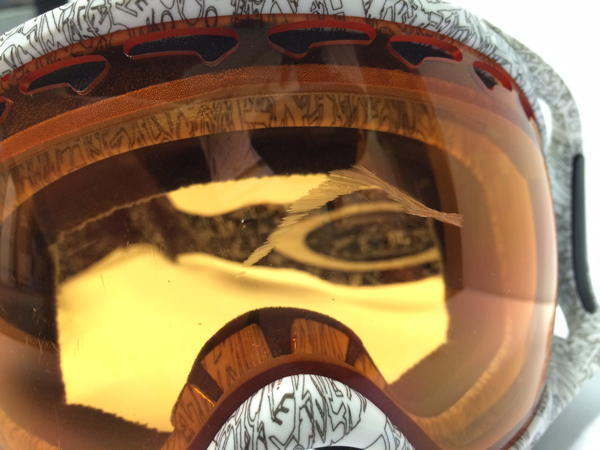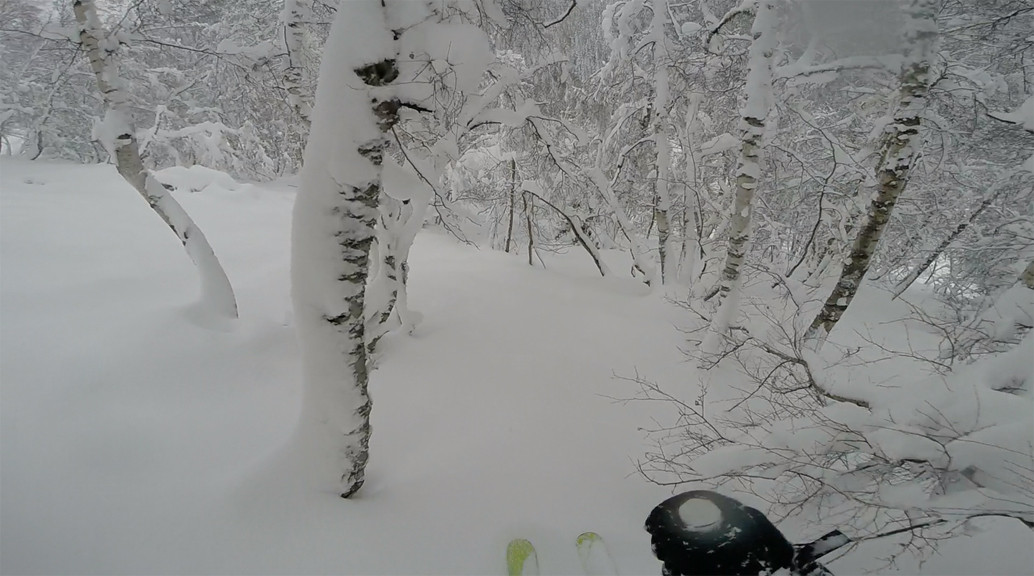When you look for your next set of snow goggles; what do you consider: style, do they match my outfit, price, when am I going to wear them (all of the time or just in the low light), do they fit my helmet?
However, perhaps the biggest oversight is the use of goggles as a vital piece of protection! We protect our head (well we certainly advise you to do so), and some go that extra step and wear body protection. But I imagine few of us choose a set of snow goggles on the basis of eye protection.
Eye Protection
Since working at Tallington Lakes Pro Shop my understanding and approach to eyewear has dramatically changed. During my first years skiing I had very standard snow goggles, no massive brand name, I just brought cheap with the mindset I only use them once a year. And truthfully I brought my first set of Oakley Crowbar goggles on style, with little thought for anything else, via the internet and I was lucky they fit me and my helmet well.
So after different goggle brand training, I purchased my second set of Oakley Splice goggles in store after trying numerous ones on with my helmet. I found they fit better than other brands, the peripheral vision was far superior, and the level of protect Oakley offer made them an obvious choice.
That being said I would like to point out that all goggles we sell online and in store are CE approved, and perfectly suitable for all your wintery needs. Oakley, like in their sunglasses, has taken that testing/certification one step further and as they put it: “this level of testing is absolutely unnecessary”. The standard test to CE approve a lens, whether it be goggles or sunglasses, is to resist the impact of ball bearing dropped on it. Oakley didn’t feel this was enough and with the leading cause of eye damage to the London Eye Hospital being sunglasses shattering into people eyes, as the result of car airbags, they looked to improve this. The answer, Plutonite, developed by Oakley not only to be optically pure but also much more durable than other lenses. Oakley lens test – fire a metal spike at their lenses and the lens must not crack, but absorb and resist the impact. What is considered unnecessary by others is mandatory to Oakley. You can read about Oakley’s eyewear impact test here.
This technology has been around for some time; so in store we do highlight the pros of using goggles as a piece of protection. So what has prompted this article?
I was lucky enough to be in the French Alps recently, when as many of you will know the powder conditions where amazing, however avalanche risks where high, so the powder was to be skied in the safety of the trees. Great for snow pack confidence, however, with trees come roots, fallen branches and uncertainty under the seeming flat smooth snow. After a great run through the trees I popped out into a little clearing and put a few turns in, and up to this point my poles where disappearing half way into the powder. However my next pole plant found something a few centimetres of snow: perhaps a branch or a rock. Needless to say my pole didn’t disappear as far as expected and I ended up head butting the top of the pole grip. Yes I felt the impact but I finished my run, and it wasn’t until the chairlift back to the top that I noticed the rather deep scratch running across the lens of my goggles.

It’s hard to say what might have happened if I was wearing sunglasses or a low specification pair of goggles. Certainly in the case of sunglasses I would have been looking at a broken nose and some fetching black eyes. In the case of a less durable lens, the lens could have cracked possibly causing eye damage.
All I can say definitively is that CE approved (or better) snow goggles, which ever brand you choose, should be a serious consideration and not a last minute ‘fashion’ pick up.
So take the time to come in store with your helmet and try on some snow goggles; or give us a call. Make sure they fit and are comfortable, including wearing your helmet. Make sure the lens tint is right for the conditions you except to ski in; so that when you walk out onto the slopes you have the peace of mind that whatever happens your eyes are well protected!

